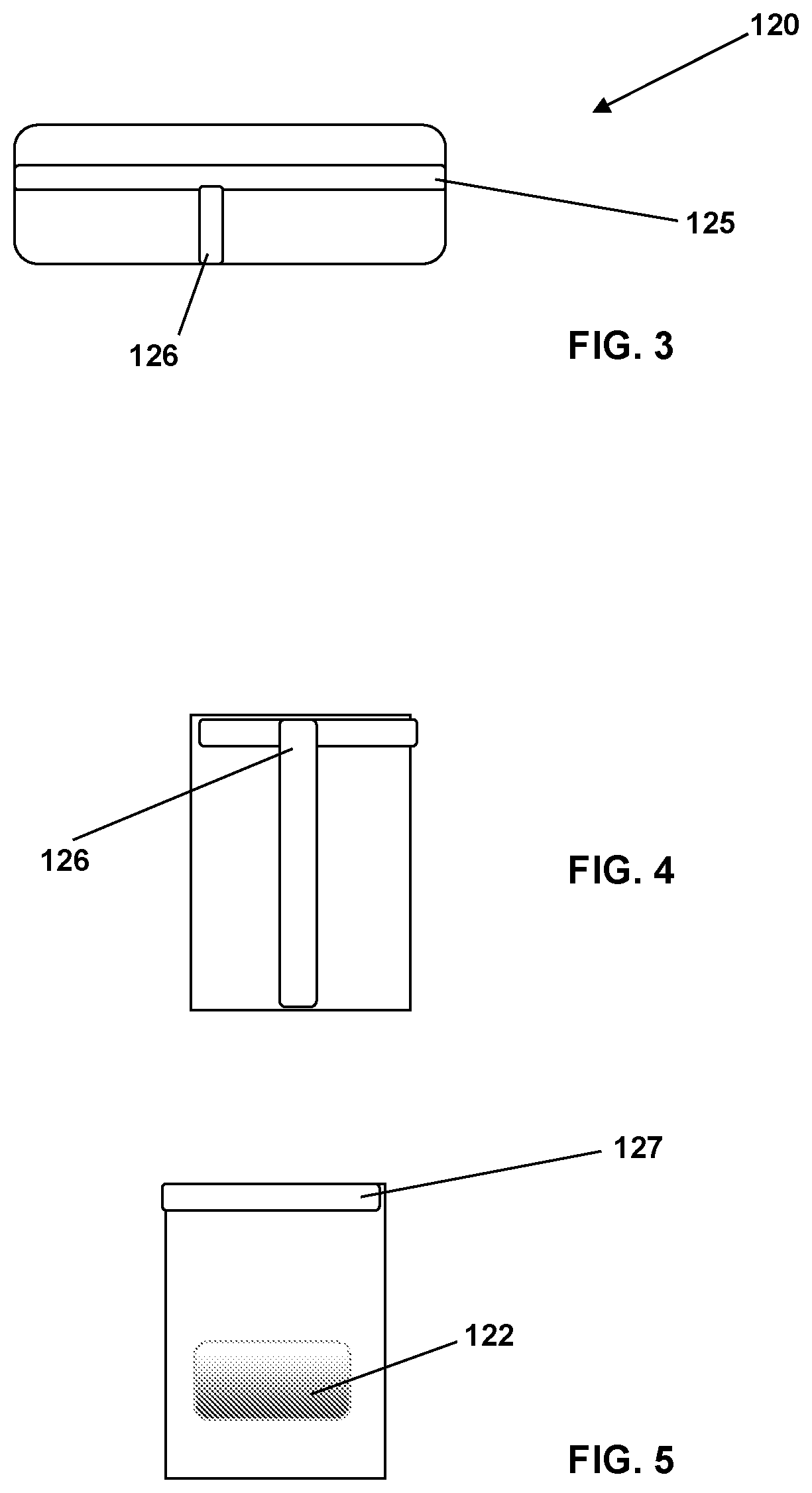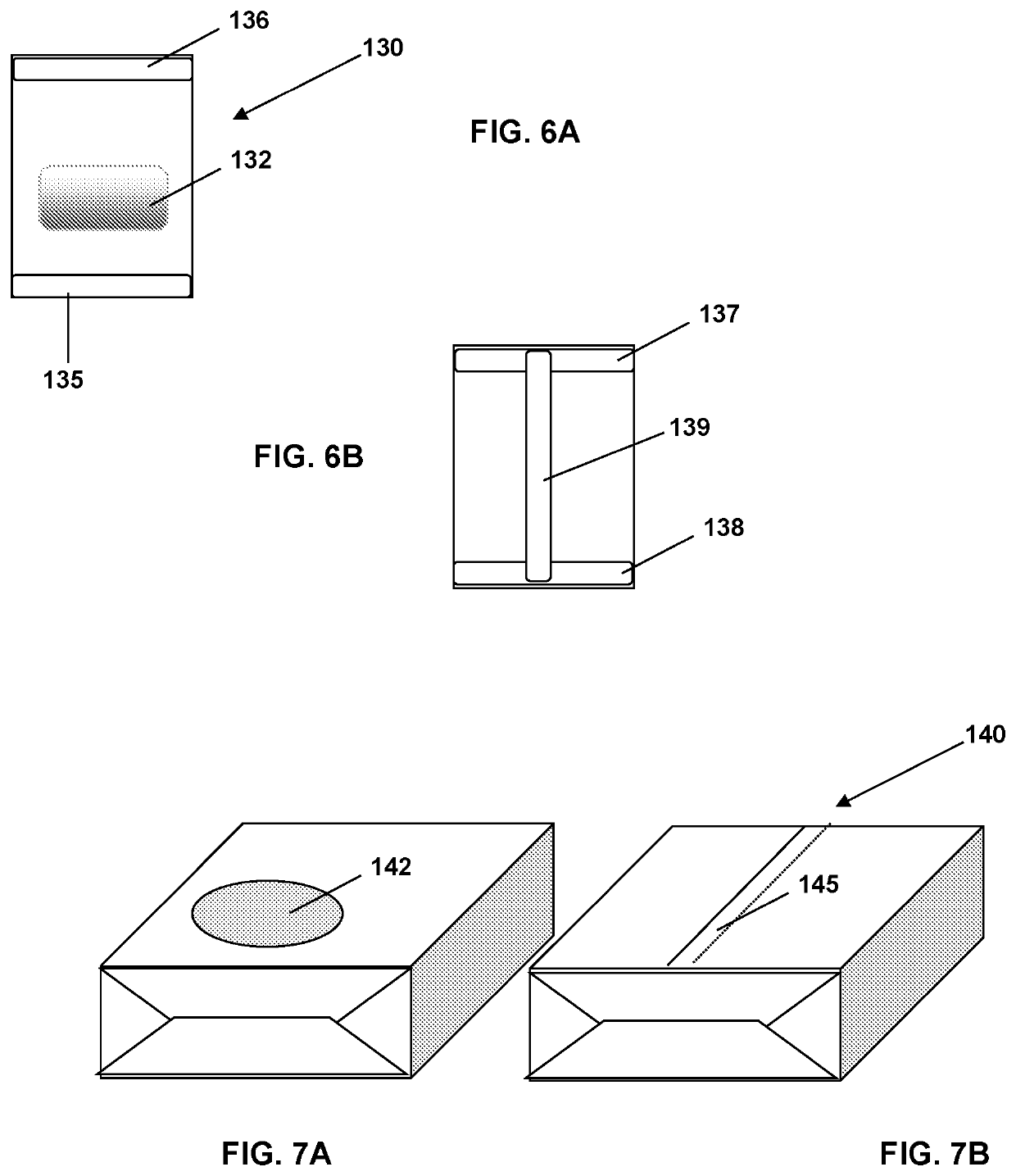Recyclable composite material, in particular for food packaging
a composite material and food packaging technology, applied in the direction of flexible container closures, coated paper substrates, packing paper, etc., can solve the problems of not always fully exploiting the residual economic potential of raw materials, unable to generate real and effective end-of-life recovery, and unable to generate serious environmental damage, so as to improve product transparency
- Summary
- Abstract
- Description
- Claims
- Application Information
AI Technical Summary
Benefits of technology
Problems solved by technology
Method used
Image
Examples
Embodiment Construction
[0054]Several embodiments and variants of the invention will be described hereinafter and this with reference to the above-mentioned figures.
[0055]Analogous components are designated in the several figures with the same numeral reference.
[0056]In the following detailed description, embodiments and variants additional with respect to embodiments and variants already treated in the same description will be illustrated limited to the differences with what already illustrated.
[0057]Moreover, the several embodiments and variants described hereinafter are subjected to be used in combination, where compatible.
[0058]The present invention relates to a recyclable composite material for making packagings, the latter preferably for food products.
[0059]The material is in form of sheet and can be obtained by lamination of overlapped or partially overlapped layers, in case coupled by means of one or more adhesives.
[0060]The composite material comprises one or more component materials, in particula...
PUM
| Property | Measurement | Unit |
|---|---|---|
| thickness | aaaaa | aaaaa |
| thickness | aaaaa | aaaaa |
| wavelengths | aaaaa | aaaaa |
Abstract
Description
Claims
Application Information
 Login to View More
Login to View More - R&D
- Intellectual Property
- Life Sciences
- Materials
- Tech Scout
- Unparalleled Data Quality
- Higher Quality Content
- 60% Fewer Hallucinations
Browse by: Latest US Patents, China's latest patents, Technical Efficacy Thesaurus, Application Domain, Technology Topic, Popular Technical Reports.
© 2025 PatSnap. All rights reserved.Legal|Privacy policy|Modern Slavery Act Transparency Statement|Sitemap|About US| Contact US: help@patsnap.com



